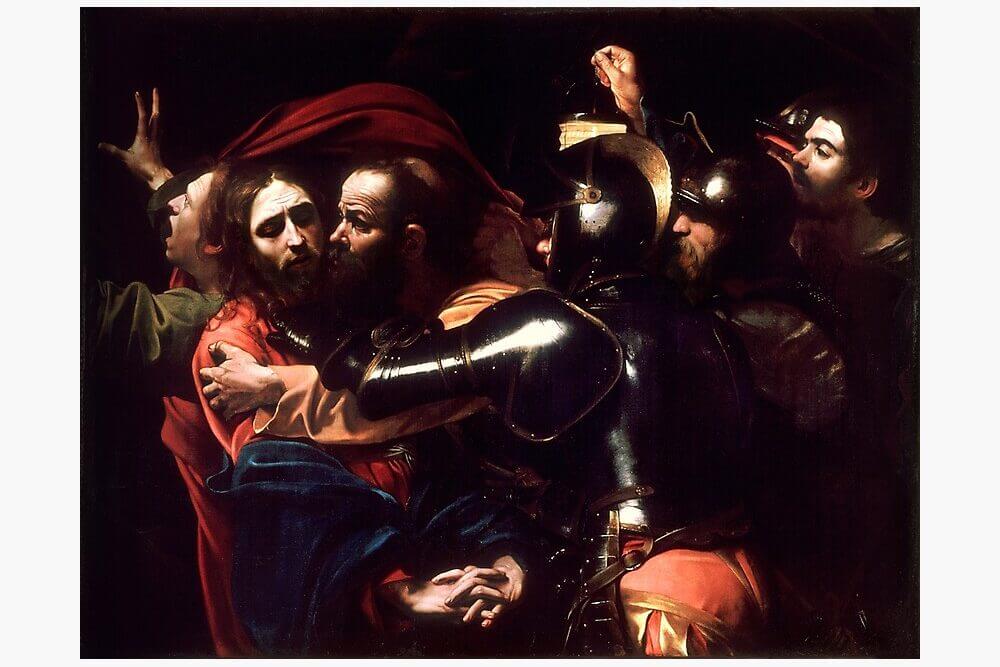
Caravaggio spent the majority of his career in Rome. Art critics describe his works as blending realism of both the physical and emotional state of the human being with a dramatic use of lighting. His work has a fundamental influence on Baroque painting.

Dramatic chiaroscuro, or tenebrism, was the fundamental technique used by Caravaggio. He turned the technique into a defining aesthetic component, engulfing his objects in vivid shafts of light and deepening shadows.

Caravaggio clearly depicted significant events and scenarios, frequently including brutal combat, torture, and death. He preferred to avoid sketching and move directly into the canvas while working quickly with live figures.

In his twenties, Caravaggio relocated to Rome after completing his painting training in Milan. He gained notoriety as a provocative, belligerent, and violently touchy man. He had to flee to Naples after a fight resulted in a murder conviction and a death penalty.

In Naples, he rose to fame as one of his generation’s most well-known Italian artists. In order to obtain a papal forgiveness for his sentence, he first travelled to Malta and then to Sicily in 1607. He returned to Naples in 1609, when he was embroiled in a violent altercation and where there were rumours of his demise.

To better comprehend Caravaggio, art historians and academicians have debated the homoeroticism implied in his paintings since the 1970s. Howard Hibbard noted the absence of erotic female figures in Caravaggio’s work: “In his entire career he did not paint a single female nude,” and cabinet-pieces from the Del Monte period are replete with “full-lipped, languorous boys… who seem to solicit the onlooker with their offers of fruit, wine, flowers—and themselves,” suggesting an erotic interest in the male form.

The artist may have been in love with Cecco di Caravaggio, who resided with him in Rome and remained with him even after he was forced to leave the city in 1606.

His unpredictable and odd actions raised questions about his mental status.
In 1610, while his route from Naples to Rome, Caravaggio passed away under mysterious circumstances.
Over in the high-res-art shop you can discover some exquisite high-resolution prints of Italian painter Michelangelo Merisi da Caravaggio.



